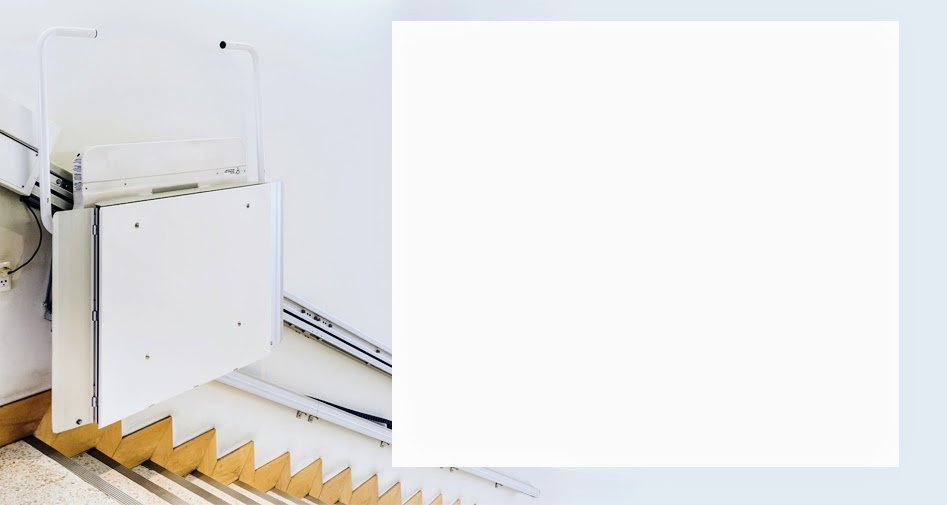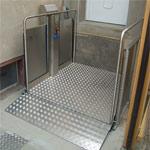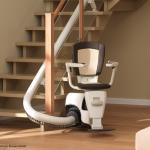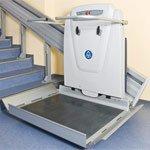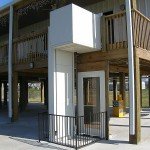Patient lifts include in particular seat lifts, reclining lifts, belt lifts, ceiling lifts and wall lifts. All the different forms make it possible to support patients with mobility impairments in their mobility. The most important tasks of patient lifts involve getting up, sitting down and transferring people. Here you provide a significant plus in safety.
Patient lifts are used in nursing and rehabilitation facilities as well as in the own home. Active people, they allow you to get up, sit down and transfer safely. For patients who require care and assistance, patient lifts facilitate the work of caregivers or family members. The main forms are seat lifts, reclining lifts, belt lifts and ceiling lifts or wall lifts.
Functions and Uses
Patient lifts are used for getting up, sitting down and transferring. They are used to move from the bed to the wheelchair or from the wheelchair to the bathtub. There are models that can be used by active users alone. Other models support the work of caregivers or family members. Mobile patient lifts or lifters, which are tethered to a rail system, can also provide transport from room to room.
Patient lifts make a significant contribution to reducing the risk of falls. Especially for people who have limited mobility, everyday tasks such as going to the bathroom can pose a significant risk. By using them, this risk can be significantly reduced. But it is not only personal safety that can increase with the use of patient lifts. The increased independence can also have a positive impact on the user’s well-being.
Sitting lifts and reclining lifts
Sit lifts are suitable for transferring patients to the bathroom, to a place to sleep or to a wheelchair. Usually, a single assistant is needed for this purpose. Seat lifts have a fixed and comfortable seat that can be lowered completely to the floor. This is important in order to be able to pick up patients from the floor (after a fall, for example). The patient lift is usually operated electrically. However, purely mechanical solutions are also available, which of course require a certain amount of force.
For maximum safety, the lift should be operated by foot. In this way, the nurse has both hands free for the patient. The frame of the lift is usually equipped with rollers, which allow transport from room to room. An alternative to the seat lift are reclining lifts. This form differs primarily in the fact that there is a lying surface instead of a sitting surface. This allows the patient to be transported while lying down.
Belt lifts
Belt lifts, unlike seat lifts and reclining lifts, do not have a fixed surface for sitting or lying down. They consist primarily of a frame into which various belt systems can be hooked. The selection of the appropriate belt system depends on the requirements and needs of the patient. Thus, there are different shapes, holder loops, padding and so on. Belt lifts are particularly suitable for patients who suffer from back problems. A particular advantage is also the extremely compact design. Belt lifts are therefore particularly light and easy to transport. Models are also available that can be folded up in a few easy steps. They thus take up hardly any space when not in use, or can be easily taken along (for example, during a vacation).
Wall lifts and ceiling lifts
In addition to mobile patient lifts, permanently installed models are also offered. These are mostly wall lifts and ceiling lifts. Wall lifts, for example, are attached next to the bed or to the bathtub and allow for safe swiveling and easy transfer. Ceiling lifts are attached to the ceiling. They are particularly flexible because they can be combined with a rail system. Patients can thus be transported from room to room. In combination with an active drive, sufficiently mobile people can also use this form alone and without assistance, for example, to get safely from bed to toilet at night. Ceiling lifts can also be used as an alternative to stair lifts, providing access to several floors of a house.
Prices, costs and offers
Prices for patient lifts vary significantly depending on design and features. Simple mobile lifts without active drive are already available for a few hundred €. Permanently installed systems or lifts that can be used independently by the patient, on the other hand, are considerably more expensive and cost several thousand €. In any case, offers for second-hand purchases should be taken into account. Particularly in the case of patient lifts that do not have to be permanently installed, buying a used lift is usually possible without any problems. You can save up to 50 percent. Patient lifts are also considered medical aids. The costs can therefore be covered in most cases by the health insurance. However, this is not possible in all cases and for all forms. Therefore, before buying a lift, you should get advice and contact your own health insurance company.

